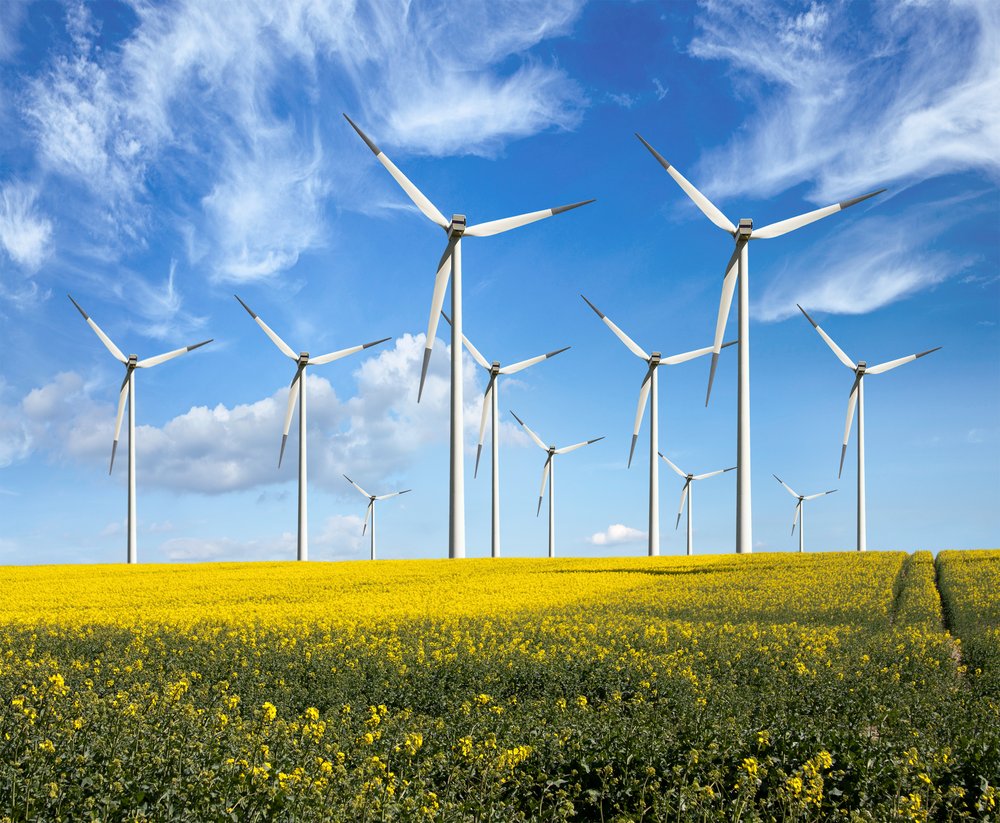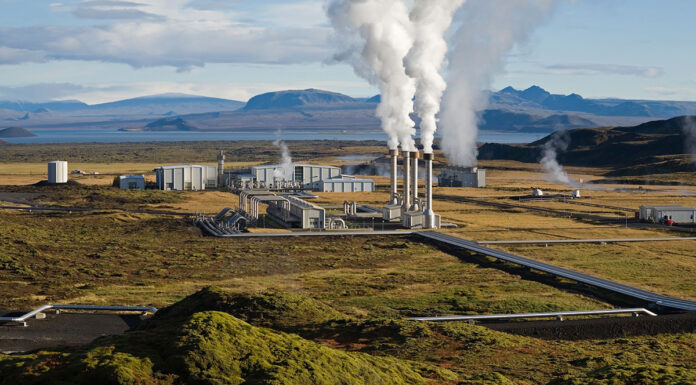The wind is an abundant, green, and clean energy resource. Since centuries ago, people have known how to take advantage of wind power for various purposes. However, some interesting facts about this type of energy are still little-known. Let’s find out 7 facts you may not know about wind power in the article.
The wind is one of the oldest forms of energy
The effect of wind has been known in the construction of sailing ships since 5000 BC. Sailors were the first to find an easier way to navigate the seas, laying the foundation for humanity’s understanding of important concepts like dynamics and lift. Starting with the windmill, these principles became the key to the next innovation, revolutionizing the automation of time-consuming activities in agriculture.
In the 1930s, when the US government launched a rural electrification program, windmills were replaced by steam engines and other cheap energy. However, after considering the whole, wind power gained attention again when the traditional method of generating electricity from fossil fuels is limited due to environmental impacts and limited resources.
Wind power is solar power
The source of this inexhaustible green energy is the sun.
Sunlight warms our planet. The constant motion and uneven surface of the Earth lead to the diversity of temperature in different places. The difference in temperature causes irregularities in atmospheric pressure. Gas molecules move from areas of high pressure to areas of low pressure. This process forms the wind.
Several factors influence the strength, duration, and direction of the wind. They include weather, vegetation, water surface, and topography. All these volatile elements make wind unpredictable. This has become one of the reasons for the concern that wind will never be stable enough to supply human energy needs. The most predictable winds blow around the coast, increasing the cost of building wind farms.
1 MW of wind power reduces 2.600 tons of CO2
The fewer fossil fuels are consumed, the less CO2 they emit. Reducing CO2 emissions now becomes the standard for the progress of alternative energy applications.
According to data from the US National Renewable Energy Laboratory (NREL), wind power has received a lot of attention because 1MW of wind power produced will help reduce about 2.600 tons of CO2 emissions into the environment.
A typical example is the state of Massachusetts, USA. In 2004, on average, each person in this state emitted 4.5 tons of CO2 from electricity use. Meanwhile, only 1 MW of wind power can power about 400 homes without emitting CO2. Besides reducing CO2 emissions, wind power also offers more benefits than hydropower. 1MW of wind power can save about 1.293 million liters of water.
Wind energy can work sustainably even without wind
There is a skepticism about the sustainability of wind energy that it cannot work when the wind stops blowing. This is not true nowadays.
In the 21st century, the wind is combined with other renewable energy resources such as solar and hydroelectricity in a cleverly designed, complex, and geographically expanding network. This technology makes wind as reliable as fossil fuels, not to mention wind power is environmentally friendly. The efficient combination of clean energy resources can create a huge energy system, providing power day and night, even in places where there is no wind.
Many countries around the world have realized the sustainability of wind energy. In 2015, countries spent up to 64 gigawatts on wind energy use. In particular, Denmark accounted for 42% of this number. This showed the confidence of countries in the potential of wind energy.
Does not threaten birds
One of the main concerns of the opposition to wind power is the danger of wind turbines to wildlife, especially birds. Yet, despite their huge size and fast speed, the wind turbines do not affect the wild environment or the flight path of birds in general. Research by the US National Academy of Sciences (NAS) confirmed that the number of bird deaths caused by wind farms accounted for a negligible amount of the total number caused by humans.
Can provide 10 times more energy than the US energy needs
Technical solutions for power generation have developed rapidly over the past decades. Even so, wind power is still a relatively young technology industry. It still needs to prove its viability. The motivation for developing technical applications of wind power is based not only on what wind offers but also on the incredible potential of the wind resource.
Currently, this industry requires a considerable investment of both money and enthusiasm. Nevertheless, when considering the abundance of wind, no type of energy can match the energy demands in the future better than wind power. Research by NREL claimed that harnessing wind energy on land in the US can provide 10 times more electricity than the energy needs across the entire nation.
Wind power is too expensive? The answer is no!
The information about wind power being too expensive is outdated. According to the United States Department of Energy (DOE), the average price of wind energy in the United States in 2014 was less than 2.35 cents per kWh. This figure is lower than the average electricity price of the grid.
The use of more clean energy resources such as wind power saves costs for health problems caused by environmental pollution. At the same time, it also helps reduce the cost of measures for solving environmental pollution and global warming issues.
DOE also showed that by 2050, wind energy development will save $149 billion due to the rise in fossil fuel prices. Scientists predict that using more wind and fewer fossil fuels will provide benefits by 2050 including:
- A 40 percent reduction in greenhouse gas emissions can save $400 billion in global damage aversion.
- Avoiding over 21.700 premature deaths.
- 20% less water consumption in the US energy sector.
- Creating 600.000 wind-related jobs by 2050.
- Increasing fuel diversity makes the electricity aspect less sensitive by 20% to changes in natural gas prices.










